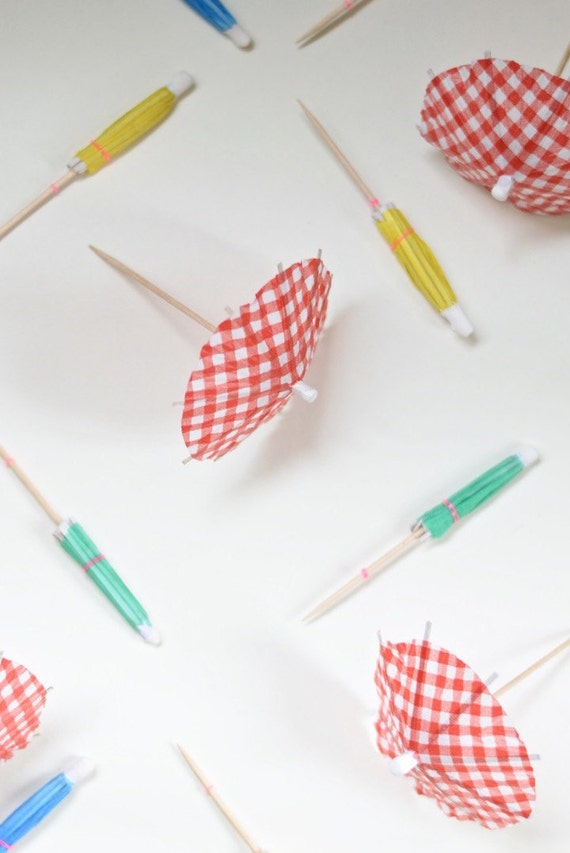Making homemade vinegar with a vinaigrier
Yesterday we became the lucky owners of a vinegar pot. We’ll be making vinegar from leftover wine from now on. It’s one of Eduards projects actually. He ordered a pot not so long ago and yesterday it arrived. Wihii. We are now testing it out – you have to check if the pot is waterproof with delivery. If that goes well, we’ll start the process of vinegar making somewhere this week.
What’s vinegar?
We all know vinegar as the soury part of the salad dressings we make. It comes in many shapes an tastes. If it’s a vinegar of a superb quality – it even tastes great as a dip for fresh white bread. But what is vinegar? The english word vinegar is derived from the Old French words vyn egre. These are based on the Latin words vinum acer. It’s the combination of the word wine and sour. So – now you know that part of the story.
Natural vinegar itself is made with a fermentation process. Bacteria from the original alcoholic liquid transform the liquid into acetic acid (and water). This natural chemical process can take months (3-6 months) and therefore the industries have found a way to make non-natural vinegar by skipping the whole procedee and making a fabricated chemical mix. I believe that in France, only the natural vinegar can be called vinegar.

How can you make you make homemade vinegar?
WINE To make homemade vinegar you will need wine, air, a specific temperature & a vinaigrier. Ingredients wise it’s really easy. The rule of thumb is that good wine will make you good vinegar and that a single-estate vinegar (all the same kind of wine) will make you even better vinegar. We will try to respect the first rule, but break the second one – which happens often. We actually want to make vinegar from leftover wine that we have. I rarely drink wine and if I do, I only take a little. We therefore often have a few glasses of wine left on the bottom of a bottle. We will use those different kind of leftovers for our vinegar.
CONDITIONS Now that we covered the wine, let’s talk temperature and air. Ideally vinegar is left to ferment at a temperature between 20 and 30 degrees (celsius). When it comes to air, the liquid prefers to have a permanent access to fresh air. The vinaigrier therefore also has a loosely fitting lid.
MOTHER OF VINEGAR I’m not sure if this is how it’s called. But in French it’s called the mother of vinegar. At one point after you have placed the begin part of the liquid (wine) in the bottle your mix will develop a thin waxy sheet of bacteria. It will and should float on top. This sheet is called the mother of vinegar. It will grow over time and if it becomes too thick, the idea is that you split it and start a second bottle or throw half of it away. Every time you fill the pot up with new wine you should be careful with the sheet on top. It shouldn’t be disturbed. Any kind of bacteria killing substance should be kept away from it as well. Strange uh? It should be dirty! Nah, not really, only kind of.
TASTE After a month or two it’s time to taste the vinegar for the first time. You can now use the little tap and tap some of the liquid off. You can taste now if it’s ready. If it’s ready, you can tap off a little bottle and siff any chuncks with a cheese cloth. If you want to keep on making vinegar, keep some of the mother of vinegar. This will speed up the process for your next batch apparently. At this point you can now choose if you want to keep the alcohol in the vinegar or if you want to boil it away. That’s up to you.
This is a really quick explanation of how we are going to try and make it. I’ll keep you updated during the process and I’ll let you know how it tastes. That’s most important right? Do you have any experience in making vinegar? If so, please share your do’s and don’t-s with me.





